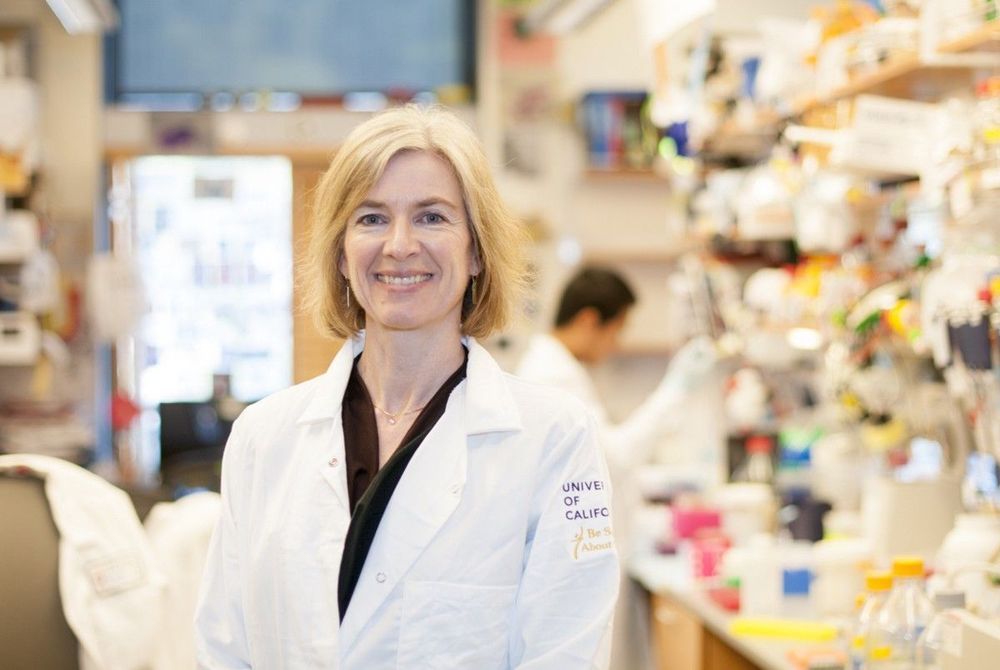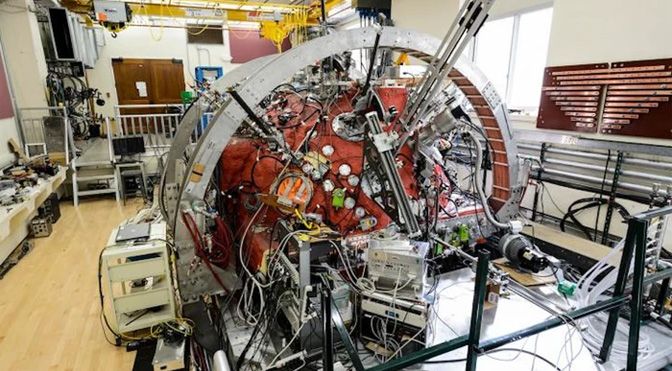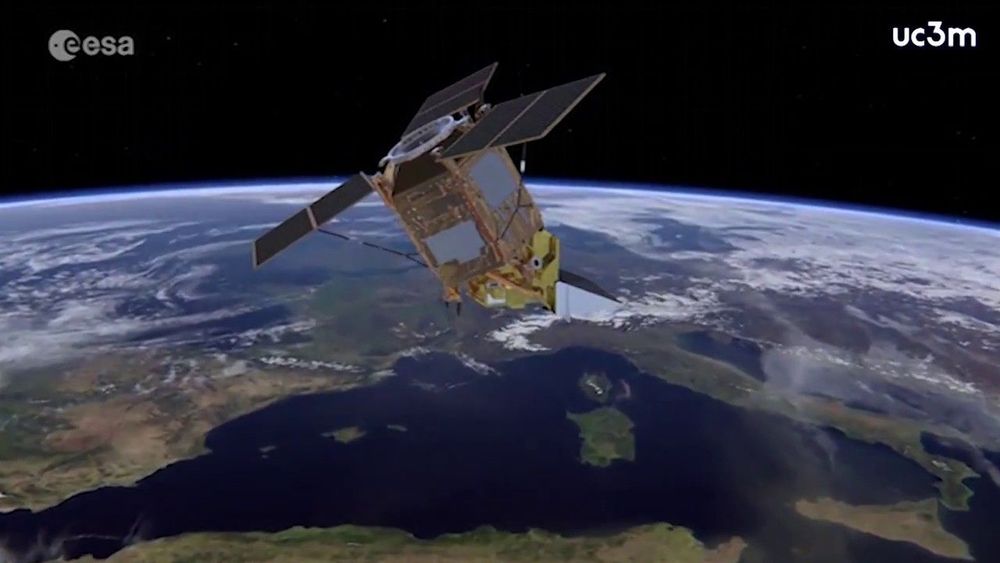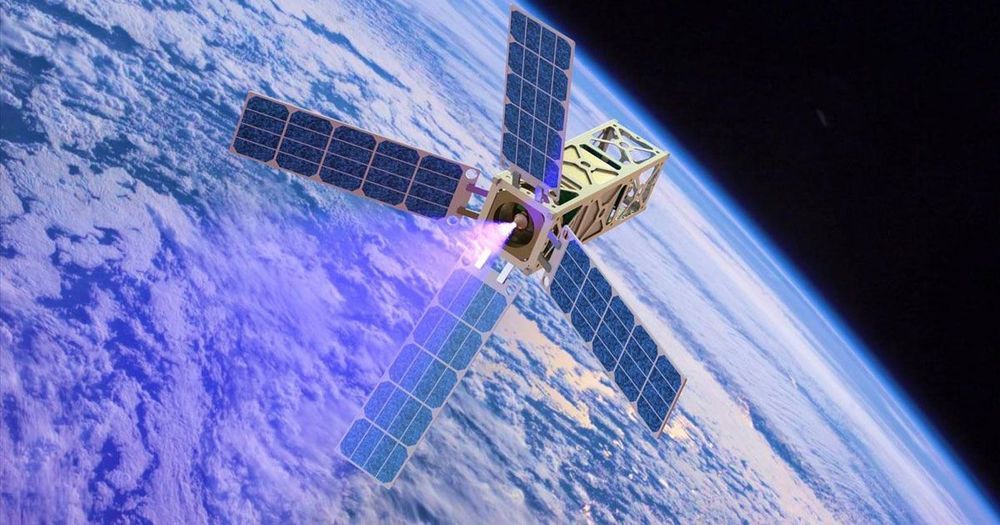
In the premiere of the HBO/BBC miniseries Years and Years, two parents are worried. Their teenage daughter Bethany has been hiding behind a 3D animated emoji mask and has scheduled a talk with them. Trying to figure out what they’re up against, they sneak a peek at her internet searches. When they discover that she’s been searching for information about being trans, they’re relieved; they can handle a transgender child.
Except when it comes time for their talk, Bethany tells her parents she’s transhuman and that she wants to “live forever as information.” The show represents transhumanist technology and aspirations, many of which revolve around upgrading and digitizing the human body, as a movement that will bring positive, negative, and downright confusing implications, ultimately changing the human race. The real question is what exactly that means. Humans opened the Pandora’s box of merging technology and biology a long time ago, and we’re now speeding head-on into the consequences, despite not knowing what humanity will become.
Bethany’s “coming out” scene hinges on the fact that the changes she desires are far more dangerous—and, for her parents, far more difficult to stomach—than gender reassignment. Bethany’s excitement at escaping the mortal coil brims with typical teenage naïveté: “Transhumans are not male or female, but better,” she tells her parents. For Bethany, that means no longer being human. “I will be data!” she enthuses.







 We study the condensation of closed string tachyons as a time-dependent process. In particular, we study tachyons whose wave functions are either space-filling or localized in a compact space, and whose masses are small in string units; our analysis is otherwise general and does not depend on any specific model. Using world-sheet methods, we calculate the equations of motion for the coupled tachyon-dilaton system, and show that the tachyon follows geodesic motion with respect to the Zamolodchikov metric, subject to a force proportional to its beta function and friction proportional to the time derivative of the dilaton.
We study the condensation of closed string tachyons as a time-dependent process. In particular, we study tachyons whose wave functions are either space-filling or localized in a compact space, and whose masses are small in string units; our analysis is otherwise general and does not depend on any specific model. Using world-sheet methods, we calculate the equations of motion for the coupled tachyon-dilaton system, and show that the tachyon follows geodesic motion with respect to the Zamolodchikov metric, subject to a force proportional to its beta function and friction proportional to the time derivative of the dilaton.









